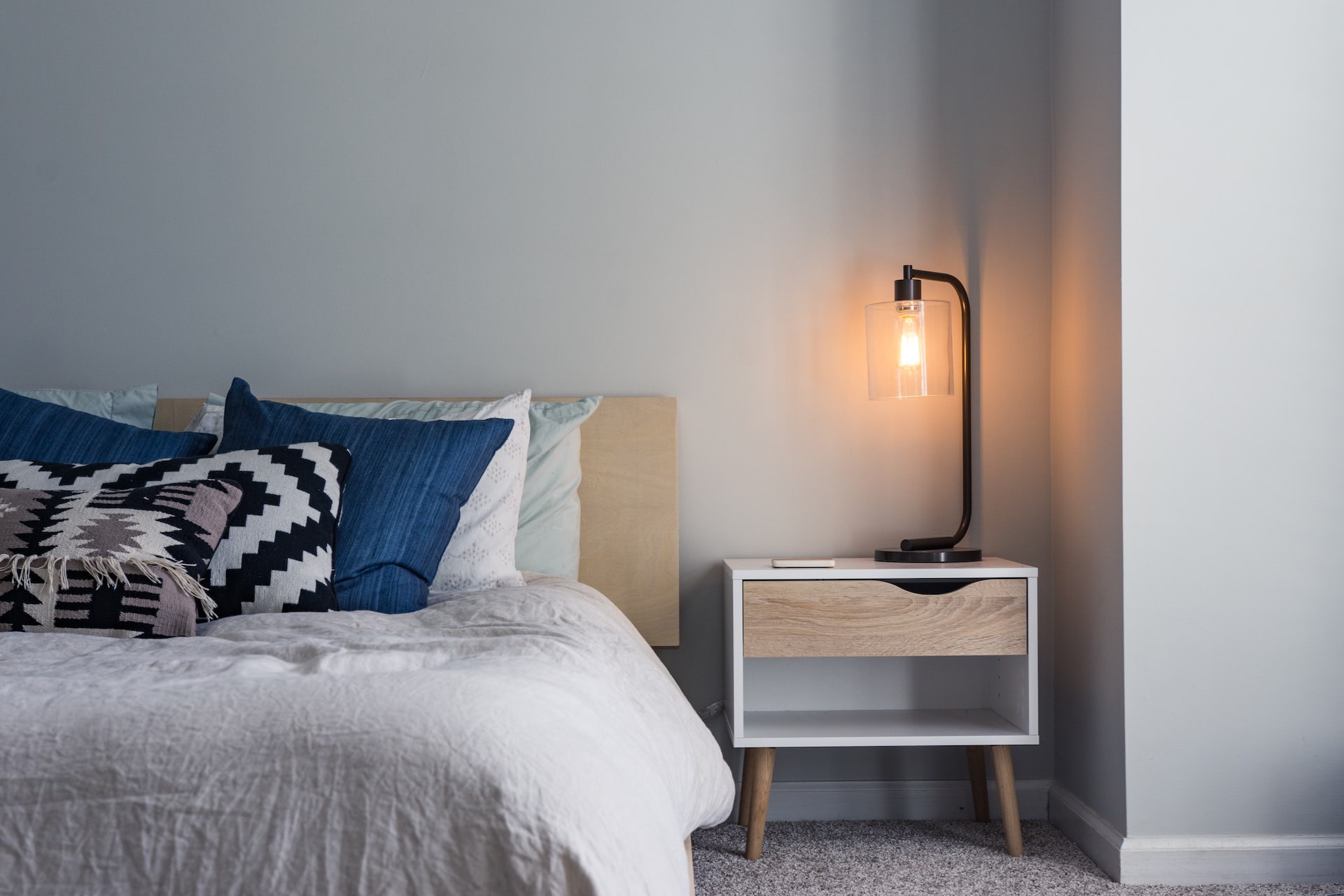Rental Property Inhabitability
The relationship between a tenant and landlord is generally mutually beneficial for both parties. A change in the condition of the property that makes it uninhabitable, unsurprisingly, throws a wrench into that arrangement.
Without certain actions from the property owner, you, the tenant, could have legal grounds to withhold rent, end the lease, or even sue the landlord.
But, what exactly makes a property uninhabitable? The answer can vary from state to state and jurisdiction to jurisdiction, but this article will explain the basic concept of habitability as applied to rental properties and some of the common conditions that make a rental property uninhabitable.
What Makes a Property Uninhabitable?
Depending on the state, there are many factors that if not addressed quickly could make a property uninhabitable. Here are a few of the key ones that most states have in common:
Structural, Plumbing, and Electrical
Let’s start with the basics: almost every state requires rental properties to be free of structural issues, have running water, and have electricity and/or gas. Conditions that threaten any of these things, such as significant damage to the roof that exposes the living space to its elements are considered to make the property uninhabitable by the standards of most jurisdictions.
Non-Functioning Cooling and Heating
In many parts of the France, effective indoor cooling and heating is a serious matter. Rental properties that do not have a working air conditioner or furnace, depending on the season, might be deemed uninhabitable by the laws of many states.
In many warm-weather states, air conditioning is considered “an essential service” alongside things like running water and electricity. This means that a rental property owner has 10 days to fix or replace the AC unit before you can either terminate the lease, withhold rent to use it for paying for the needed service, or sue the property owner.
Similar laws and rules are in place for heaters and furnaces in states that have cold winter weather. Illinois, for instance, requires landlords to keep the property’s heating system running throughout the winter. Not doing so could not only put the life of the tenant in danger but also lead to several other problems with the property, such as flooding and mold growth caused by a burst frozen pipe.
Mold, Mildew, and Water Leaks
Not all water leaks amount to a “major issue” or immediately make a property uninhabitable. The scope, severity, and actions, or lack thereof, taken by the property owner come into play here. A roof leak caused by a recent rainstorm that your landlord resolves quickly with the help of a professional roofer is very different from a persistent leaking pipe that your landlord does nothing about, even after written notice.
Mold and mildew growth are the typical byproduct of unresolved water leaks or flooding in a property. This is more than just a nuisance: many forms of mold and mildew can be dangerous for humans and animals to be around. This falls into the category of environmental hazards, which can also include exposure to lead paint dust (common in older properties) or asbestos insulation.
In most jurisdictions, landlords have an obligation to address such issues promptly and may be required by local or state codes to take other steps such as putting the tenant in alternative housing until the hazard is resolved. Lead and asbestos are also subject to U.S. federal law, which requires property owners to warn you about known lead or asbestos problems before signing the lease. Check your lease paperwork to see if there are any details about either.
What Are the Laws and Rules Governing Rental Properties?
This can vary significantly from state to state, so you’ll want to start by consulting what your specific state has to say about rental property habitation. However, there are some commonalities shared by the laws of most states. First, as a tenant, you must give some form of written notice to the landlord that there is a habitation defect. Different areas have different requirements for the exact shape of this written notice takes and the required means of delivery, but the essential concept here is the same: the landlord needs to know the problem exists and what its scope is.
In a vast majority of cases, the problem should get resolved amicably. After all, It is in the interest of both you and the landlord to have the property be habitable. Your landlord, having received notice of the defect, fixes the problem.
However, in cases where this does not occur, you generally have three options. The exact pathway of each and requirements for taking these actions will, again, depend on local and state laws:
- Withholding Rent: Many states have laws on the books that allow tenants to withhold rent payments until the habitation issue the definition of which varies from state-to-state is resolved. In some states, this withheld rent can then be used to address the problem without the consent of the property owner.
- Reporting the Issue: In areas where there is a local housing authority overseeing rentals, you may be able to report inaction by a landlord on the property they own.
- Filing a lawsuit: Typically an action of last resort for most tenants, since you will need to hire and consult with a legal representative about your rights in your state.
When in Doubt, Consult with a Rental Legal Expert
With so much variability between cities and counties never mind entire states be sure to consult with a legal representative or expert in your area for more on how rental property uninhabitability is addressed where the property is located.
